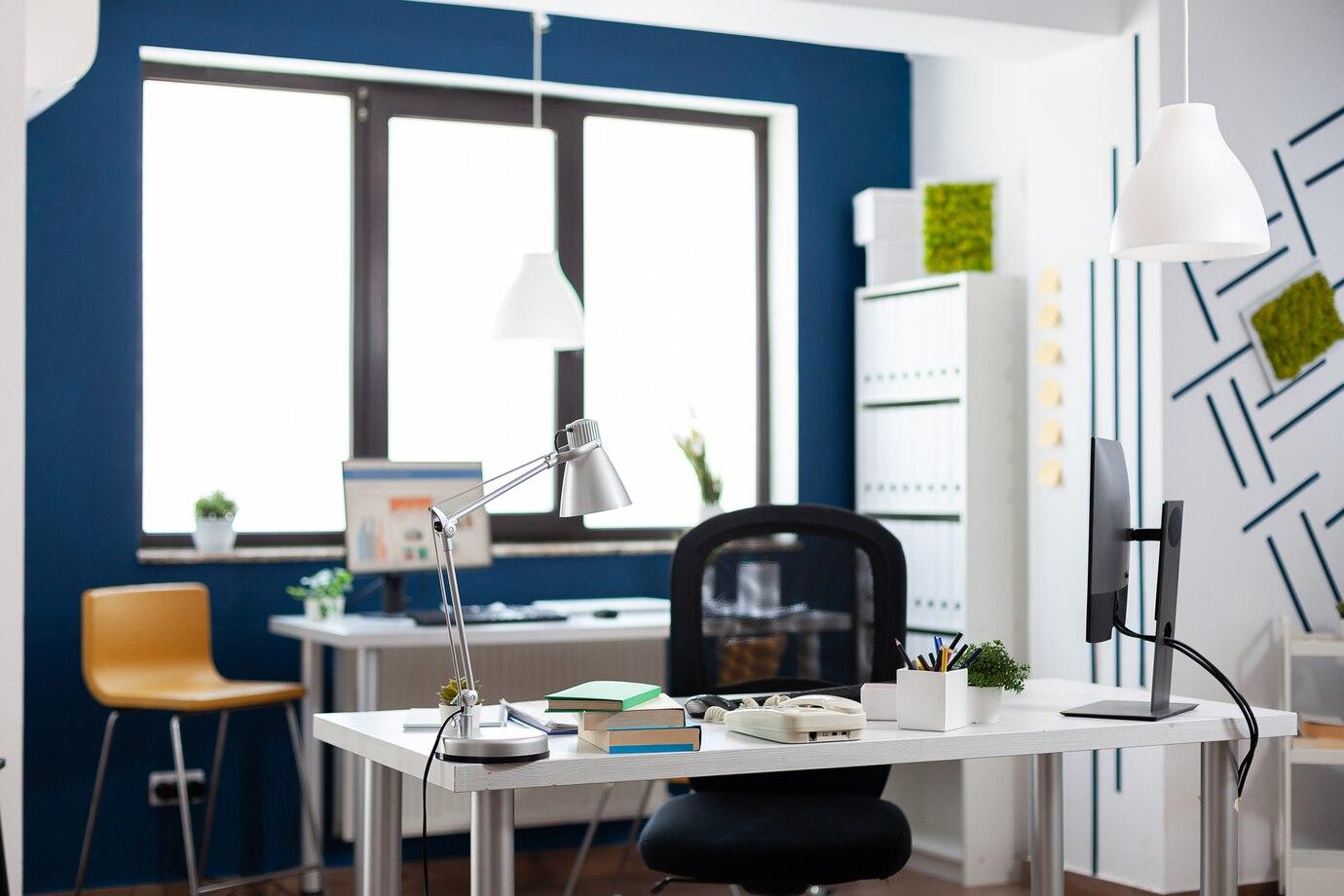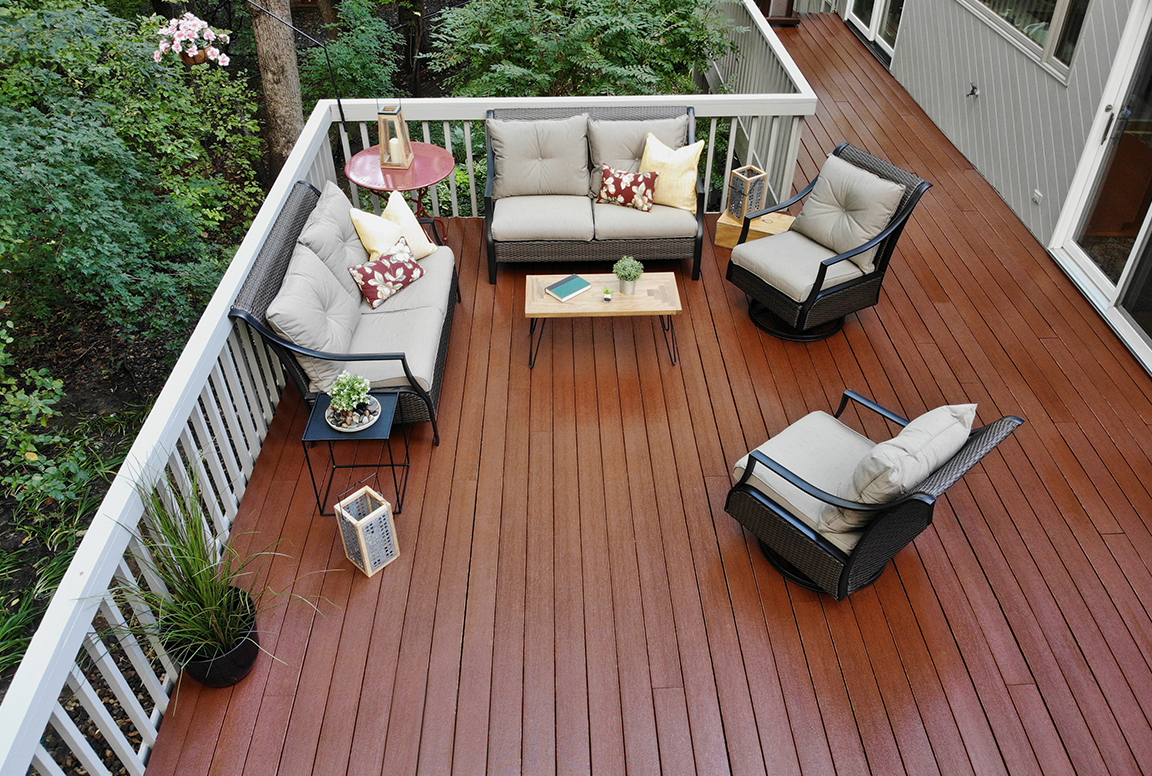An efficient and productive office space requires more than just arranging desks and chairs. The right furniture can make a significant difference in maximizing space, enhancing function, and improving overall workflow.
We’ll explore everything you need to know about optimizing your office space with the right furniture in this guide.
7 Things To Consider When Optimizing Your Office
Optimizing your workspace can boost your productivity and mood. The colors you choose and where you place the furniture matter a lot. Since you’ll spend a third of your day in your office, this guide ensures you optimize your office to the best of your ability.
1. Understanding The Metrics Of Your Office
Before you begin office furnishings, it is important to understand the layout and dimensions of your space. Take into consideration the dimensions and layout of the space, the position of doors and windows, and any architectural elements that could affect the arrangement of furniture.
Such as, if you have got a small office space, then roller blinds are the right option to save space.
2. Assessing Your Requirements
Assess the needs of your office and employees. Take into consideration the tasks that will be performed in each area of the office and the equipment or tools required to support those tasks. Do you need individual workstations for focused tasks or collaborative spaces for team meetings and brainstorming sessions?
3. Choosing Functional Furniture Is Important
Functionality and versatility are important when selecting office furniture. Choose pieces that serve multiple purposes and can adapt to different tasks and work styles. Choose pieces that can adapt to different tasks and work styles.
4. Maximizing Storage Space Is The Key
Effective storage is essential for maintaining a clutter-free and organized office environment by maintaining a clutter-free and organized office environment. Find furniture with built-in storage features, such as file cabinets, shelves, and drawers, to keep office stuff neatly tucked away and easily accessible.
Vertical storage options can make the most of limited floor space and minimize clutter on desktops and work surfaces. Maximizing storage space can result in a cleaner and more productive work environment for your team.
5. Comfort And Ergonomics Are Given Priority
Relaxed workers are more productive and enthusiastic about their jobs. Comfort and ergonomics are important to support the health and well-being of your employees when choosing office furniture.
6. Designing And Aesthetics
While being useful is important, it’s also important to have a nice and appealing office design. Choose furniture that matches your brand identity and reflects the culture and values of your company.
Consider things like color, material, and style to make a workspace that encourages creativity and collaboration. Use natural light, plants, and natural textures to create a calm and harmonious atmosphere.
7. Planning Wisely
Remember to consider your budget when buying things for your office. Choose furniture based on your immediate needs and available funds. Consider buying gently used furniture or looking into bulk buying discounts to stretch your budget without sacrificing quality.
Conclusion
In conclusion, choosing the right furniture for your office space means understanding your space, figuring out what you need, choosing furniture that is functional, maximizing storage space, putting comfort and ergonomics first, including design and aesthetics, and budgeting wisely. These tips can help you create a more efficient, productive, and inspiring workspace that helps your employees succeed.





